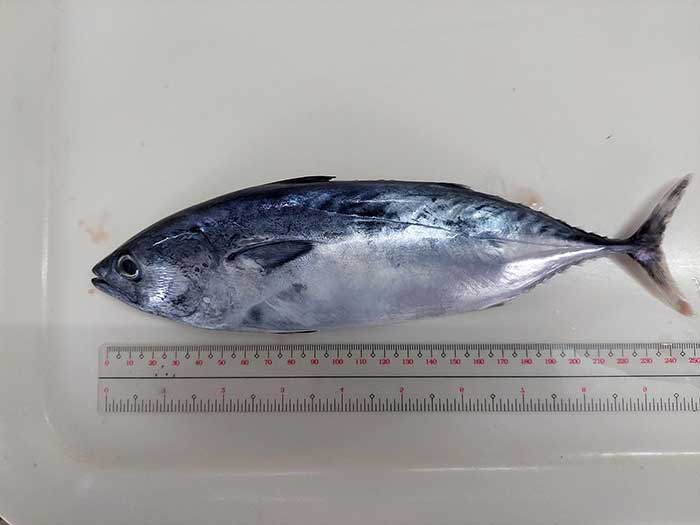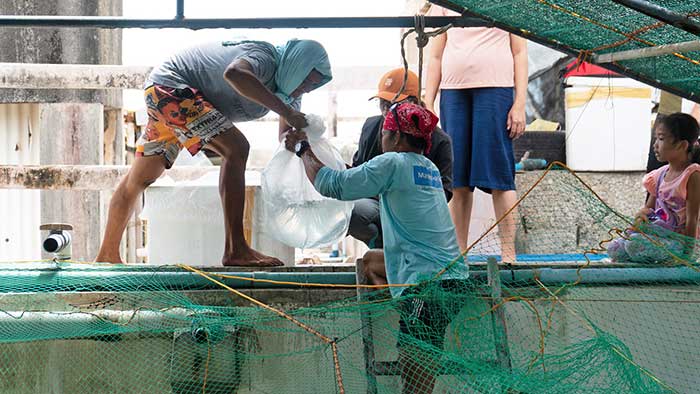BARBAZA, Antique – A new batch of wild mackerel tuna was transported by an international research organization to its facility in Tigbauan, Iloilo as part of its bid to create a tuna farming industry in the Philippines.
Commonly known as kawakawa or tulingan, the Southeast Asian Fisheries Development Center Aquaculture Department (SEAFDEC/AQD) collected 17 juveniles of the fish from an otoshi-ami fish trap on March 9, 2024, with assistance from the Barbaza Multipurpose Cooperative.
After a three-day conditioning period to prepare them for confinement and a five-hour trip, the fish were brought to Tigbauan where the research center has been studying their reproductive biology since 2020 as part of a project funded by the Government of Japan.
“The kawakawa juveniles will be kept in our hatchery where we hope they reach maturity and lay eggs. It will be another breakthrough for us if the eggs hatch into the first captive-bred tuna in the Philippines,” shared SEAFDEC/AQD Chief Dan Baliao.
According to researcher Ms. Irene Legaspi, the packing and transport “entailed meticulous planning and execution,” to ensure the well-being of the transported fish.
Before packing, a fiberglass tank was filled with seawater and ice to bring down the temperature. Each kawakawa, averaging between 200 to 250 grams, was then individually placed in plastic bags before being transported to the shore and stocked in customized transport tanks.
Throughout the journey, water parameters such as temperature, salinity, and dissolved oxygen levels were monitored hourly. Water samples were also collected to determine their bacterial count.
The implementation of stringent handling and transportation protocols led to a remarkable 94.4 percent survival rate upon arrival, with no reported mortalities even after three days post-transport.
Currently, 25 new kawakawa are being reared at SEAFDEC/AQD with two mature kawakawa collected as juveniles last year and now in close monitoring for their possible spawning of viable eggs.
























